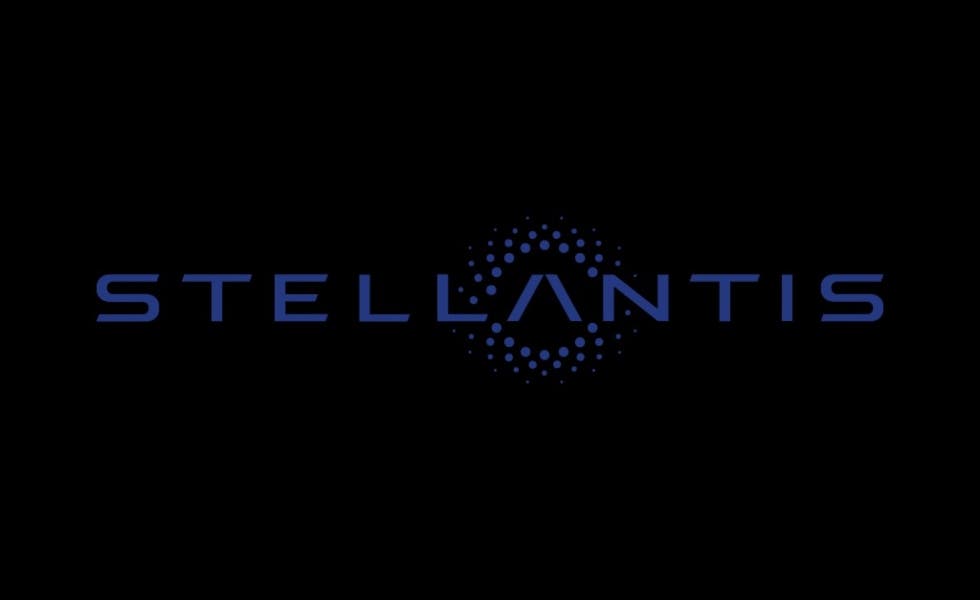The automotive group Stellantis, led by Carlos Tavares, is facing a particularly complex financial situation. Following a warning issued in reference to the company’s future profits, a decision was made to take “drastic” and entirely extraordinary measures to try to contain expenses to the highest levels, and succeed in safeguarding the group’s profits. This was revealed by the Wall Street Journal, according to which Tavares chose this path to secure the company’s financial resources.
Natalie Knight informs the group of the “doghouse” method
The most important point of these new strategies would be the revival of an internal method, known as the “doghouse.” And just like a ‘watchdog‘, it involves an iron control over corporate outgoings, as reported by the Wall Street Journal. In fact precisely, this method aims to carry out a very strict control over all purchase requests that are made by suppliers outside the company. The goal to be achieved is very clear, which is to minimize expenditures that are deemed unnecessary, and at the same time, optimize the use of necessary financial resources.
This important decision to reactivate the “doghouse” approach was communicated to all employees by Natalie Knight, i.e., the Stellantis group finance manager. It was communicated through the sending of an internal email, which made the rounds of every department in all plants. Specifically within this important message, Knight wanted to highlight the urgency of having to take drastic measures. This is to try to ensure the financial viability of the company during the course of the coming years.

The causes of Stellantis’ crisis
Underlying the automotive group’s problems are mainly two factors that are delaying a solution. The first one is the slump in sales that has occurred lately in North America. In fact, the United States has always been a very important market for the company, even one that has always guaranteed more income. Because of the drop, however, it is now affecting the company’s overall profits in a very negative way.
Secondly, the significant problem is that which refers to the numerous excess inventories of so many Stellantis brands and models. As a matter of fact, too large a number of vehicles have been accumulated in recent months that have not been sold. This has also contributed to the worsening of the company’s financial situation, generating very strong pressure on available liquidity.

Possible consequences and future prospects
Steps that have been employed by Stellantis, have the sole purpose of trying to counter the negative trend that has been characterizing the company in recent times. There is growing out of all proportion the need to get the group back on a proper sustainable trajectory. Even financial analysts, following certain statistics, predict that the corporate restructuring process could be long and complicated.
Despite everything, Stellantis’ mindset remains positive, reassuring investors about its ability to overcome this critical phase. At this time, however, the only thing evident is that the company will face very difficult challenges, in the coming months and even in the coming years. And that’s because in addition to internal problems, we also see a rapidly changing car market, with increased competitive pressure coming from other manufacturers.
The timing for Stellantis is really challenging. The necessity to reduce expenses has become very high, caused by the sharp decline in profits. Let’s just wait and see if the “doghouse” method will really be effective in trying to lift the automotive group.

